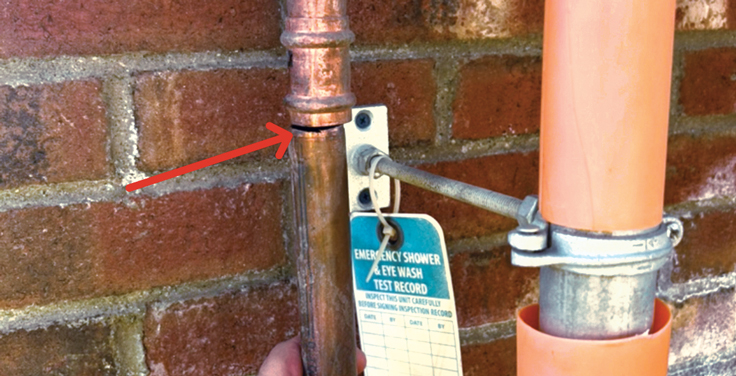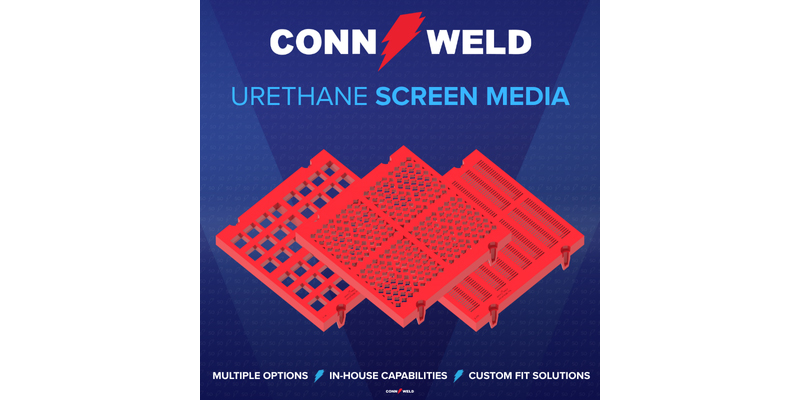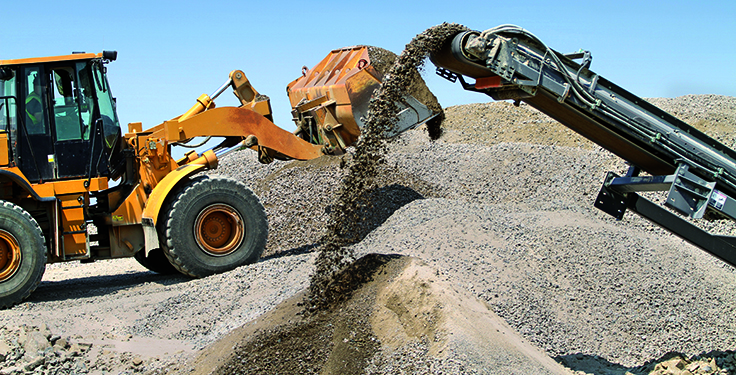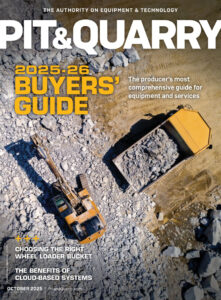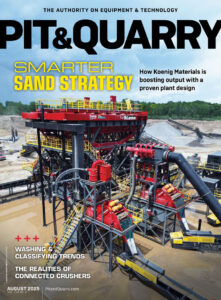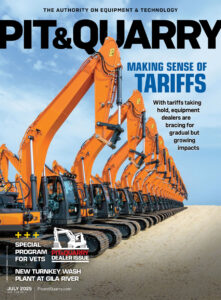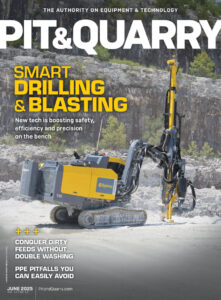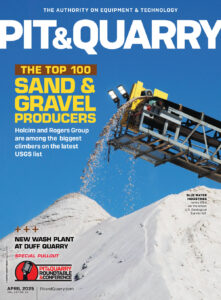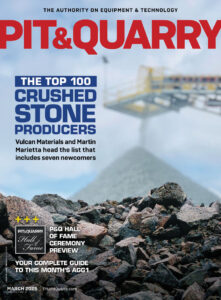Pits and quarries are not known for their air conditioning. In the summer months, the working environment can be very trying at our facilities – not to mention the fact that peak productivity usually happens in the July-August timeframe.
What all this means is we must consider a new hazard during these months: the heat.
What is heat stress?
Quite simply, when your body cannot effectively regulate its temperature, you are at risk for having heat stress symptoms.
Your body’s core (i.e., deep muscles, organs) is regulated by your body’s shell (i.e., skin, surface muscles, hands, feet). When your body gets out of regulation due to heat, you can experience heat cramps, heat exhaustion, dehydration or several other heat stress-related health concerns.
When we think about heat, we often think about the ambient air temperature. But in our pits and quarries, we have several other heat sources to contend with.
Some of these heat sources could be retained heat from the rock or earth, solar heat in cabs, heat from machinery and equipment, and other items that may increase temperatures.
Controlling heat stress
As with any hazard we have talked about in this column, you can use the hierarchy of controls framework to consider ways to manage heat stress hazards.
Engineering controls such as air conditioning, canopies for shade, and ventilation can be implemented. Also, administrative controls can be applied – including personnel rotation, pacing, and performing strenuous tasks earlier or later.
Hydration is another administrative control and should be a prominent one that’s pushed across your organization during – and before – anticipated heat waves.
As your organization contends with managing heat stress, serious consideration should be given to clothing, personal protective equipment and acclimatization. Regardless of how your organization decides to manage heat stress, the strategy must be communicated to the field – either through training, toolbox talks or another means.
An important aspect of the communication to the field is to let them know what to do if a co-worker experiences signs of heat stress. Heat stress is not to be taken lightly.
Aside from minor signs of heat stress, I recommend medical evaluation from a professional if anyone experiences dizziness, excessive sweating, nausea, confusion or any other concerning symptoms.
Impacts to safety
Mental fatigue is perhaps the single-largest thing that occurs when somebody experiences heat stress.
A long, hot day can be draining and increase the likelihood of fatigue. This results in diminished reasoning and functional decision-making.
In fact, on hot days, you may see incidents manifest that were the result of heat – yet not at first glance. For example, a slip, trip or fall (STF) event during a heat wave may seem like a simple STF case, but it could very well have been exacerbated by the heat.
Other heat-related impacts include sunburn, dehydration, fogged or sweaty eyewear, increased exposure to silica and compromised eye wash stations.
Increased silica exposure can occur simply by the need to roll down windows in mobile equipment, allowing ambient air into the cab. If mobile equipment is equipped with AC, don’t forget to perform proper maintenance on it so AC continues to be functional.
Additionally, watch out for your plumbed eye wash stations. Some installs have metal piping that may be directly exposed to the hot sun, creating potentially scalding water within the eye wash system. These installs should be assessed and addressed if needed.
Final thoughts
To those supervisors and team leaders reading: Are you ready for the next heat wave? I encourage you to use this article in your next toolbox talk. Stock up on hydration supplies, and “walk the talk” when you’re out in the field.
If you want more on this topic, I’d suggest searching for the Mine Safety & Health Administration’s “Heat Stress in Mining” handout.
Stay safe, and please send any photos you’d like to spotlight in this space.
Steve Fuller has worked over the past 20-plus years with a variety of industries – including aggregates – in operational and safety leadership roles. Now representing Steve Fuller Company, he can be reached at steve@stevefullercompany.com.

